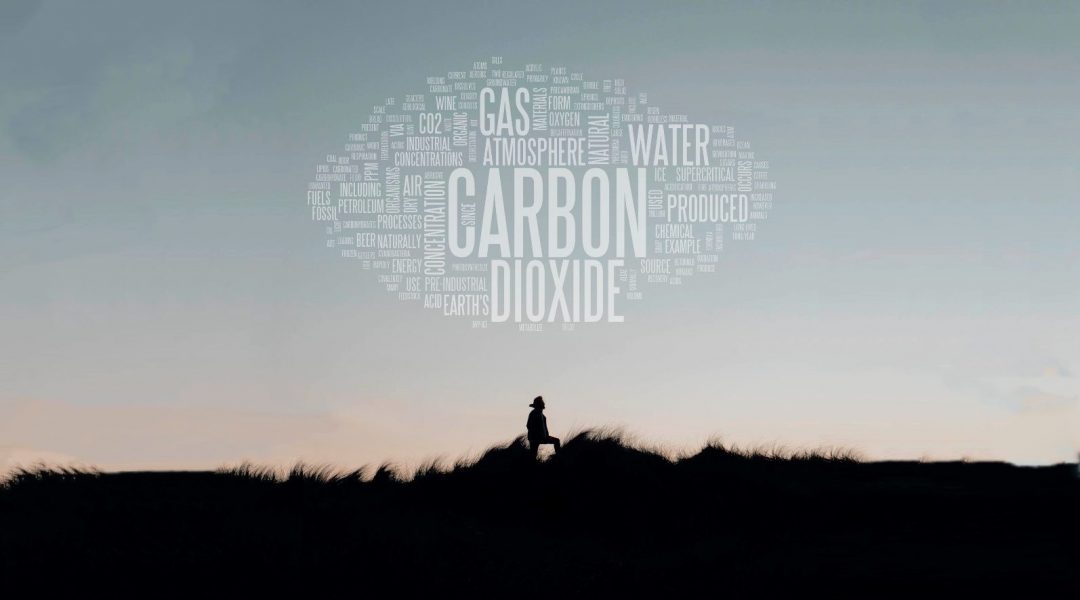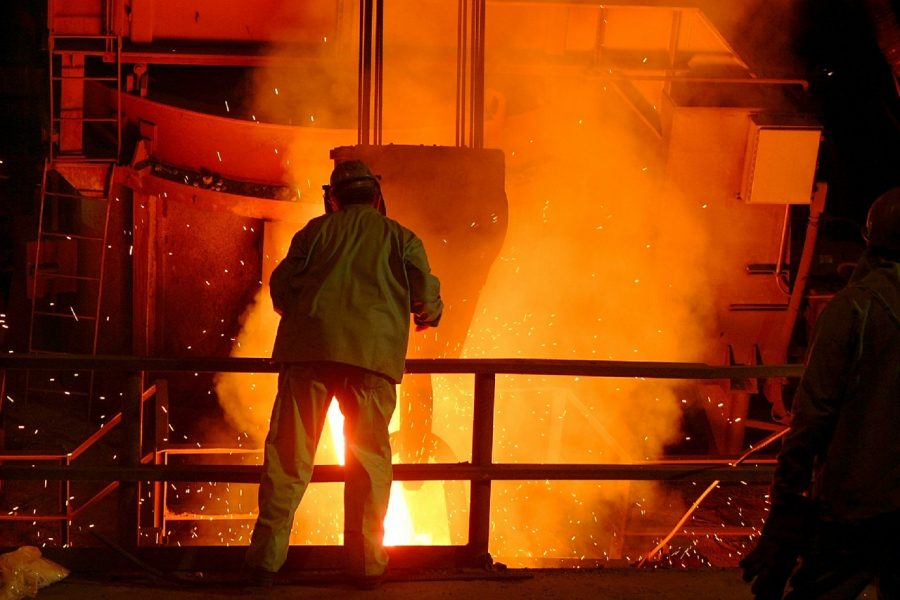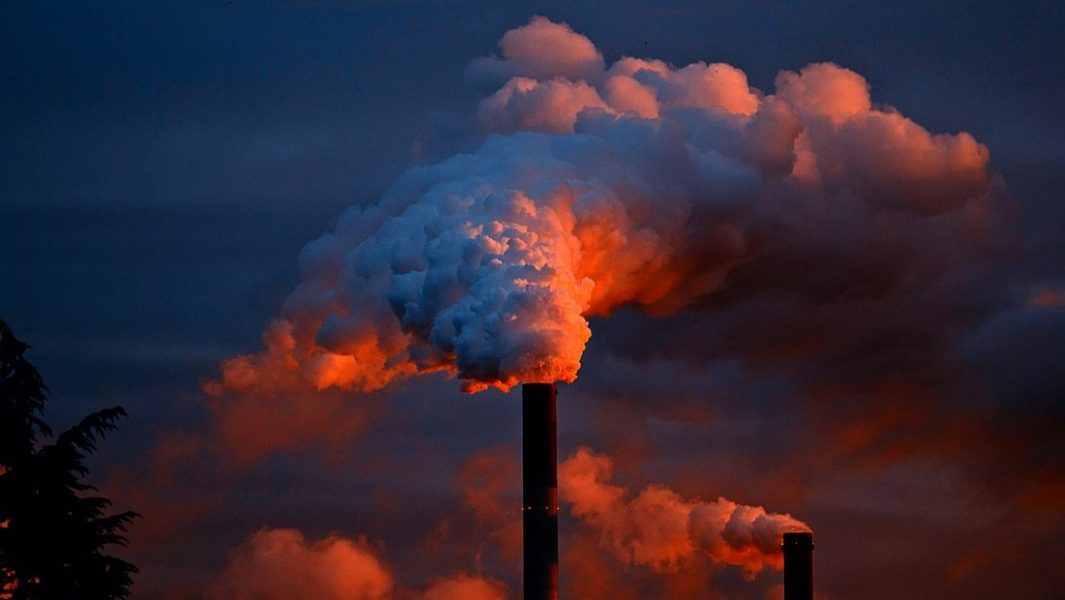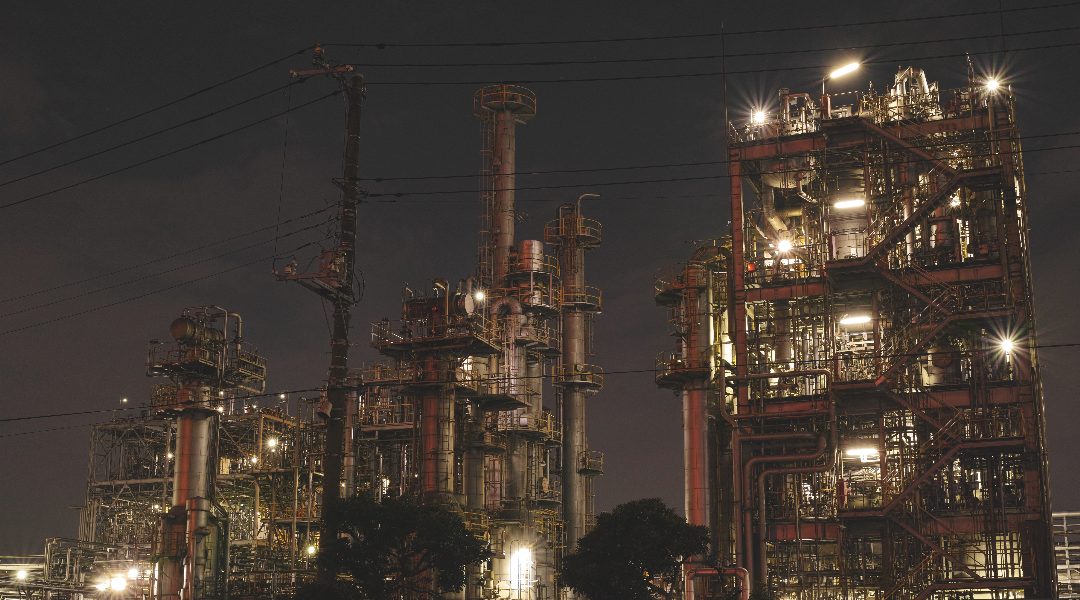We all see the smoke; can we afford to ignore the fire? The climate doomsday clock is ticking!



We all see the smoke; can we afford to ignore the fire? The climate doomsday clock is ticking!

Mind the gap: Carbon dioxide corrosion problems in a world of carbon dioxide conversion research. Understanding the surface chemistry and electrochemistry and how they affect the overarching systems.

The clock is ticking for the development and deployment of renewable synthetic fuels substituting for non-renewable fossil-based oil to enable a sustainable energy resource for the benefit of all people.

Climbing these steps of the materials discovery ladder requires embracing a vast body of experiential knowledge accumulated over years of first-hand experimental and theoretical learning.

A techno-economic analysis for six different carbon dioxide emission reduction scenarios in steel manufacturing, using a steel mill located in Duisburg, Germany as an example, are reported.

Making methanol for use as a renewable energy carrier.

We have recently learned that the high levels of carbon dioxide we breathe for extended periods inside planes can cause neurological problems.

Various approaches for converting CO2 and H2O to liquid hydrocarbons using solar energy involve electro/photo/thermochemical catalytic processes and combinations thereof exist.

Greener catalytic ammonia synthesis requires robust control experiments to eliminate artifacts.

Imagine a scenario where CO2 greenhouse gas emissions could be used to desalinate briny water. This would be a creative way of killing two birds with one stone, namely helping to ameliorate global-warming-induced climate change and producing high quality water for agriculture and drinking purposes.